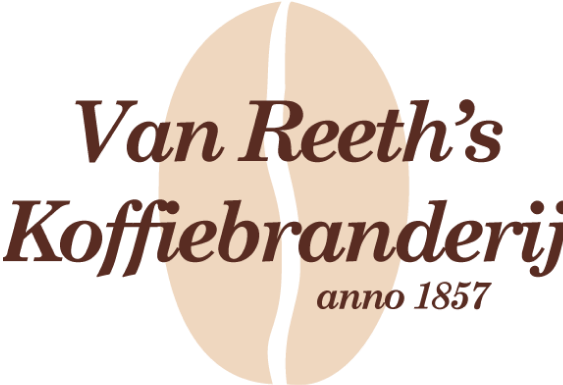Coffee Secrets
Coffee Secrets
What is processing?
Processing – or the processing method – is simply the way in which a coffee producer ensures that a fresh coffee berry is processed into a green coffee kernel (or coffee bean). It involves many operations, all of which fall under the term “processing”. A coffee berry consists of a number of layers, all of which must be removed before the coffee can be packaged and shipped. In addition, green coffee that has just been harvested has a high moisture content – if coffee is packaged too wet, coffee will age faster and the risk of mold is higher. So it has to be dried first.
Processing is therefore primarily a necessity in order to produce coffee. But in recent years, the way coffee is processed has also become increasingly important for coffee drinkers, as these processing methods have a major impact on taste. We are increasingly opting for natural or full washed coffee because that’s where your preference lies. Where does the difference in taste come from?
Pulped Natural
Let’s start with Pulped Natural, also called unwashed coffee.
- In this method, the coffee is dried in its own flesh.
- In Africa this is usually done on raised beds, where the air can come both above and below the coffee berry.
- Coffee is often dried over a period of 28 days on a concrete patio, as you often see in Latin America.
- The coffee is often reversed to prevent overfermentation. The goal is to get the moisture percentage back to 10-13%.
- Pulped Naturals are generally characterized by a high sweetness, comparable to ripe fruit and a full mouthfeel.
Honey
With Honey Process, the mucilage (a slimy substance found under the flesh) remains around the beans, making them sticky and slimy to the touch, like the structure of honey. This is how the term Honey Process originated.
- This complex processing method is quite unique and requires a lot of knowledge and experience. The amount of mucilage around the kernel determines the final taste.
- The hardest part is the dry process. The beans with the slimy layer must be dried fast enough so that the fermentation process does not go on too long and insects and bacteria have no chance to settle in the beans, but too fast is not good either.
- So the weather conditions must be just right for this. For this process to go well, the beans need to be raked for 6-8 hours, 2-3 times an hour until they are dry enough.
- The mucilage contains a lot of sugars that have been drawn into the bean by this processing method. This results in an extra sweetness, complex fruit tones and a long aftertaste.
Yellow, Red or Black Honey what is the difference?
So now that we know what Honey Process is, it is time to look at the different types of Honey. These descriptions may be rare on coffee packaging, but you will find that producers and exporters refer to coffee as white honey, yellow honey, gold honey, red honey and black honey.
Simply put, the white and yellow honey have less mucus left over after being mechanically washed. On the other hand, there is much more mucus left over from coffee with gold, red and black honey. This leads to a fuller coffee.
Wet Hulled
As with the “honey” process, the beans still have part of the flesh of the berry around them during the drying process. However, the beans go through the “hulling” machine where the skin that surrounds the coffee beans is removed when the coffee has not yet completely dried ,(25-35% moisture content). The white, green beans are then dried in the sun until they reach a moisture content of 11-14% .
Fully Washed
Right opposite Pulped Natural coffee is the Fully Washed coffee. Contrary to a fairly seemingly simple unwashed method, the washed method has many different variations. Moreover, there are also blending formulas: semi-washed coffee. Brazil, for example, is known for its pulped natural semi-washed coffee.
- With washed coffee, fermentation is used to 'loosen' the slimy layer around the coffee kernel.
- In this process enzymes, acids or yeasts break down the pectin (a part of the cell walls), preparing the coffee to be washed clean.
- Usually, coffee berries are first stripped of their skin and flesh by mechanically removing it with a depulper.
What is the Swiss Water Process?
The SWP method is a way to obtain decaffeinated coffee. No chemicals are used to extract the caffeine from the coffee beans.
- The unroasted coffee beans go into the hot water for a while, so that the caffeine ends up in the hot water.
- Then they remove the coffee beans and the remaining liquid passes through a carbon filter that only removes the caffeine, but allows the rest of the (flavour) substances to pass through.
- Now that this liquid has been made decaffeinated, the harvested, dried coffee beans go back in again, so that they can absorb the flavors that are still in the liquid.
- This process is repeated a few times.
- Then the decaffeinated coffee beans are ready to be dried.
- Then the process of coffee roasting can begin.



